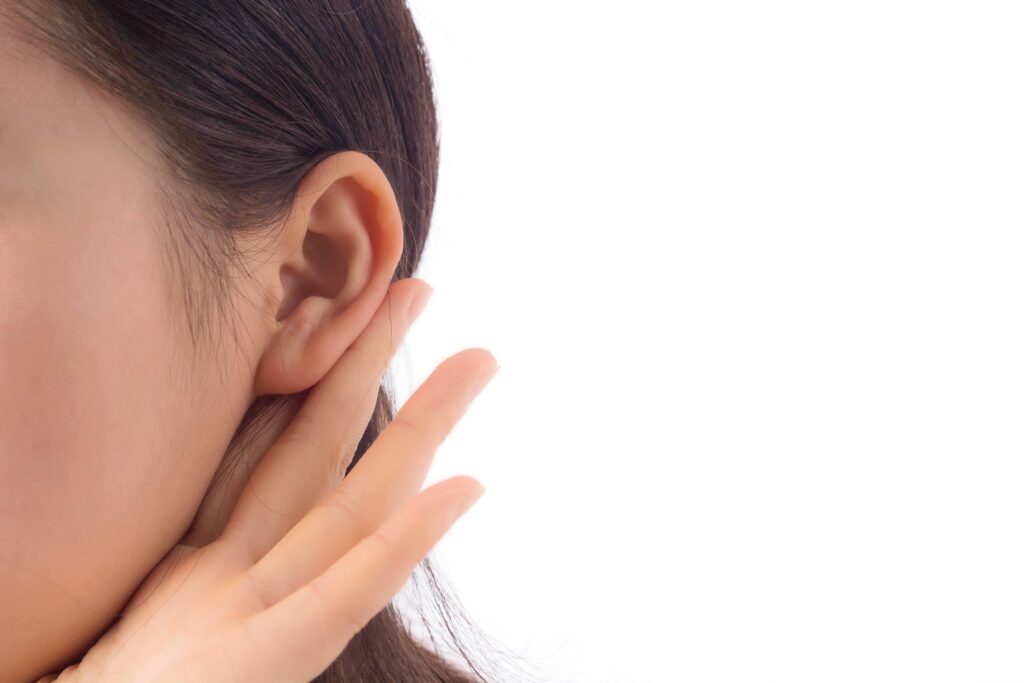For the first time, a team of researchers from Ohio State University has mapped and simulated tiny filaments in our ears called tip links at an atomic level.
As some of you might know, there are tiny filaments in our inner ear which convert sound to electric signals. These electric signals are then sent to our brain and that is how we hear.
Thus, the current study sheds light on how the inner ear works and it could help researchers learn more about how and why people lose the ability to hear.
The study appeared recently in the Proceedings of the National Academy of Sciences. The lead author of the paper is Marcos Sotomayor, an associate professor of chemistry and biochemistry at The Ohio State University.
So, getting into more details, the study involves fine filaments in the inner ear called tip links. Let us make ourselves familiar with they way tip links work to understand this research.
How do tip links work?
The vibrations which reach inner ear cause tip links to stretch and open ion channels of sensory cells within the inner-ear cochlea (It is a hollow, spiral-shaped bone found in the inner ear that plays a key role in the sense of hearing). Tip links opening those channels triggers the cochlear electrical signals that we interpret as sound.
Tip links are made of proteins namely
1. Cadherin-23
2. Protocadherin-15
These proteins are involved in inherited deafness.
The Problem
Scientists knew that these tip links are important in hearing but they did not how the tips links were structured at atomic level.
The current study targeted this issue. The research team obtained high-resolution images of the tip links which were not available previously. They also showed a key connection between the two proteins that form tip links.
The team isolated parts of the tip-link proteins and used X-ray crystallography to build atomic models of the complete tip-link part made of the protocadherin-15 and of its connection to cadherin-23.
Sotomayor obtained the first structures of the tips of cadherin-23 and protocadherin-15 and discovered that these proteins interact using an extended molecular “handshake.” In the study published last week, researchers showed that connection (between two proteins mentioned above) uses two molecular “handshakes” that strengthen the filament. These “handshakes” are thought to be essential for hearing and balance in inner ears of all vertebrates.
The team performed atomic simulations of the tip links on supercomputers from the Ohio Supercomputer Center, the Texas Advanced Computing Center and the Pittsburgh Supercomputing Center. These super heavy simulations used up to a thousand computing cores working in parallel for months.
“These are the most complete and advanced molecular models and simulations of the tip link to date and required the use of massive computational resources,” Sotomayor said.
“The structures also reveal tip-link sites that are mutated in inherited deafness,” Sotomayor said. “So we can try to understand what is happening with the tip links when you have these sites modified by mutations, not only by looking at the static structures but also at the simulated trajectories of tip links responding to sound.”
This research will hopefully help us understand more about why tip links fail and probably how to prevent failure.
Journal Reference:
Deepanshu Choudhary, Yoshie Narui, Brandon L. Neel, Lahiru N. Wimalasena, Carissa F. Klanseck, Pedro De-la-Torre, Conghui Chen, Raul Araya-Secchi, Elakkiya Tamilselvan, Marcos Sotomayor. Structural determinants of protocadherin-15 mechanics and function in hearing and balance perception. Proceedings of the National Academy of Sciences, 2020; 201920444 DOI: 10.1073/pnas.1920444117
Press Release: Ohio State University

